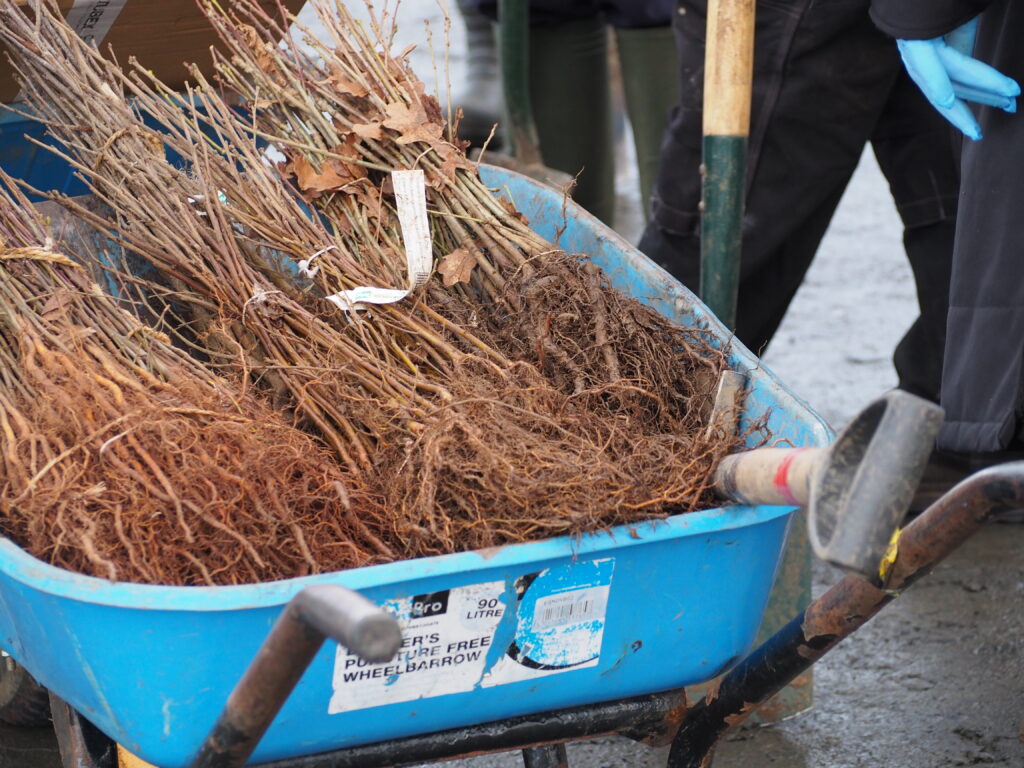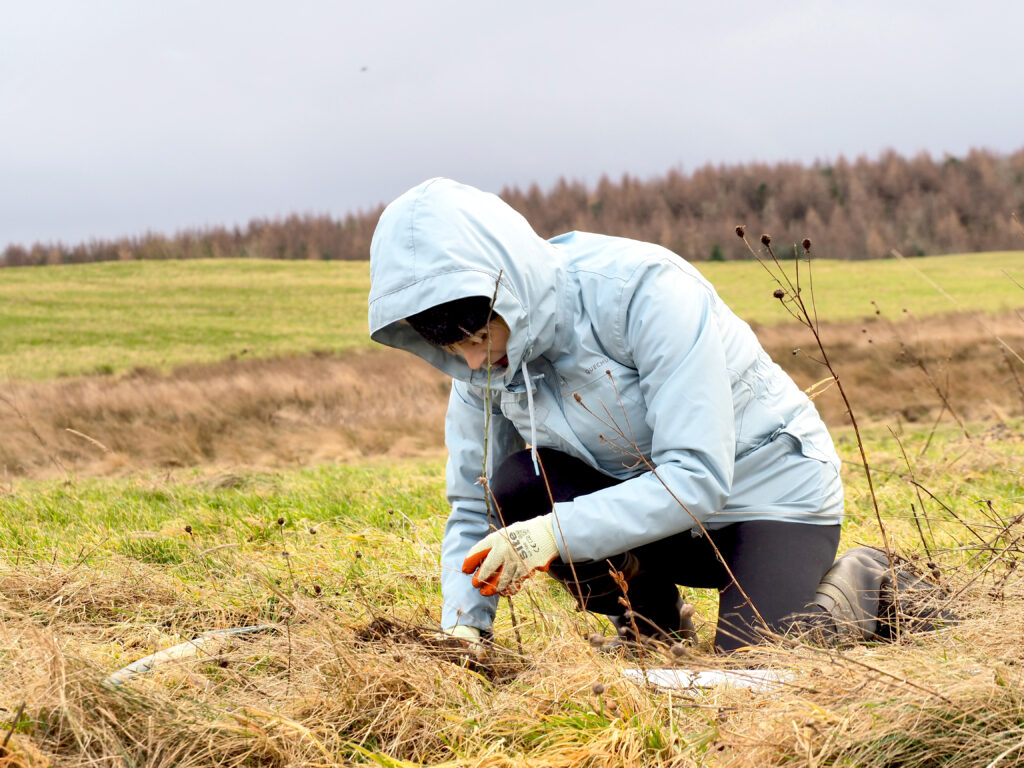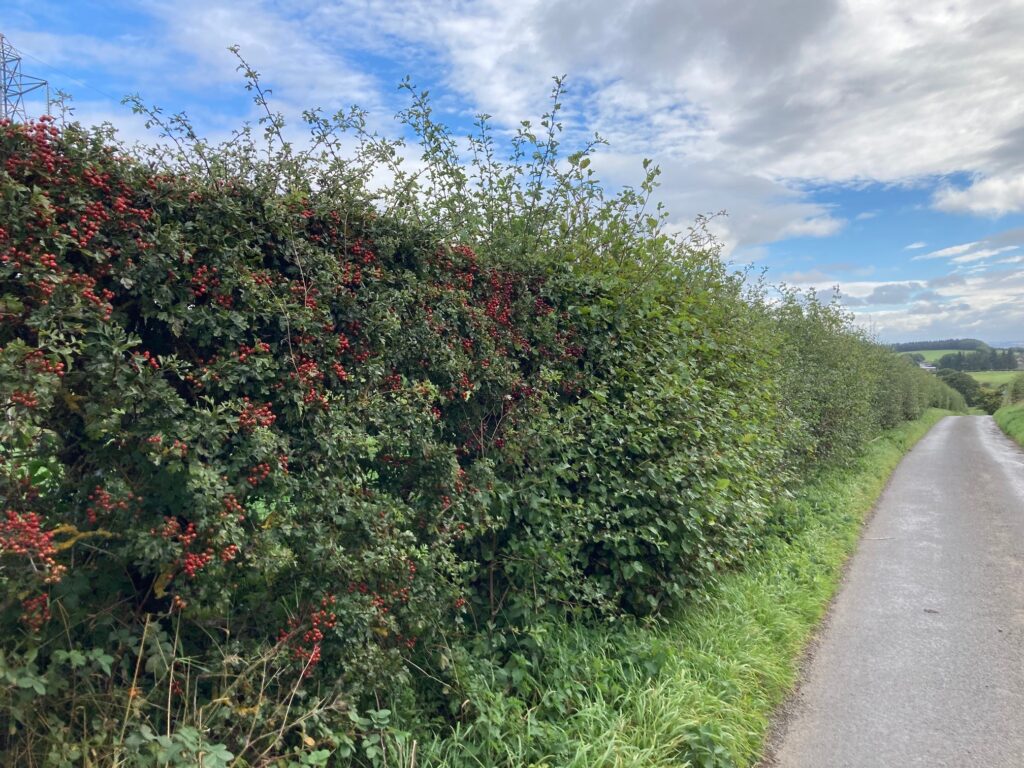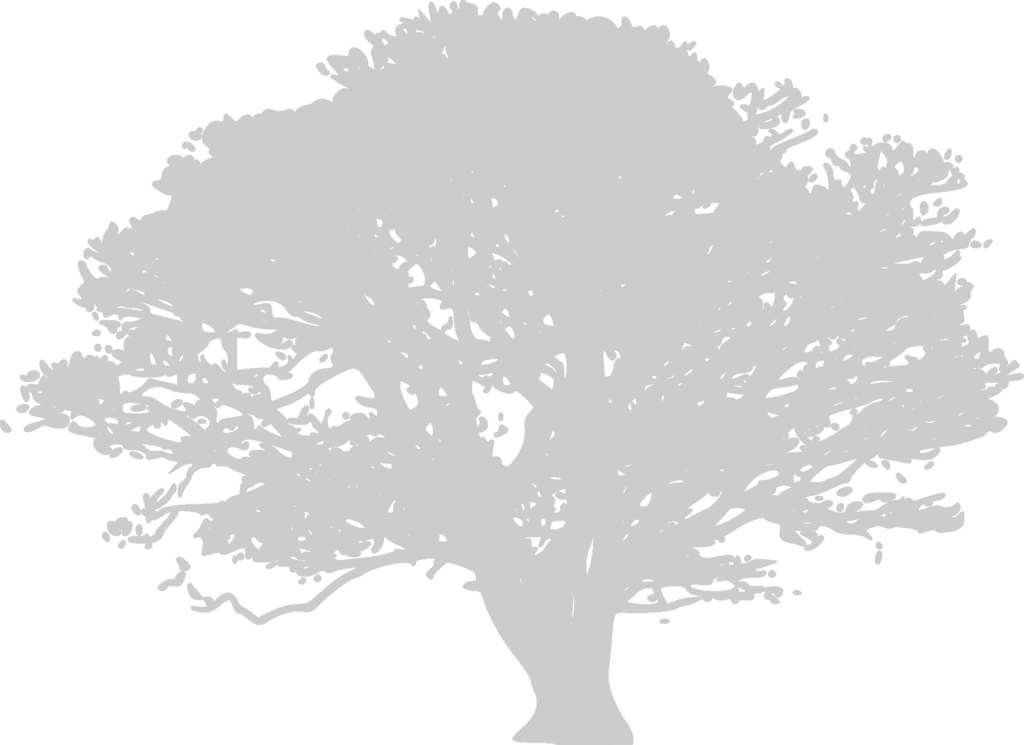Trees, woodlands and hedgerows are a diverse and varied habitat. Woodlands play a key part in many ecosystems and can be home to some of our rarest species. At a local level, even an individual tree can create a vital habitat in urban areas. Here’s our top tips for planting trees, woodlands and hedgerows.
Things to consider…
- Pick native species. As a general rule, native species are better for our native wildlife. As an example, native oak trees are known to support over 2,000 species!
- Even just one tree can make a difference in an urban area. Trees create habitat for all sorts of wildlife from insects to birds and mushrooms to mammals. BUT…
- Right tree, right place. Some species grow better in certain areas and some habitats don’t need trees! Before planting trees think about what you want to plant and where you want to put it. Also consider the long term impact; in 20 years will a mature tree be in the way?
- Woodlands take work. Planting lots of trees can seem like a good idea but woodlands take work! If trees are planted too close together, no light will reach the forest floor. As a result, there won’t be any wildflowers there and the overall wildlife benefits will be reduced. If you are planting lots of trees make sure they are spaced enough to allow them all to grow over time.
- Hedges are useful for us and for wildlife. They provide shelter and food for a range of species. Birds will eat the berries that grow on many hedgerow plants. Mammals like mice and hedgehogs will use the hedges for shelter to move between habitats.
- Hedges help create natural boundaries. They are a great way of creating a boundary to a space while making sure that wildlife can still get through. Walls and some fences prevent creatures like hedgehogs from accessing important sources of food.
- Hedges also provide wildlife corridors. They can join up patches of habitat and create sheltered wildlife corridors. This means that wildlife can use hedges to get between areas.
- Dead wood is still good! We have lost a huge amount of dead wood habitat over the past 50 years. Dead wood provides an important habitat for all sorts of wildlife. Beetles, spiders, slugs and snails will all live in and around dead wood. In turn, this creates a source of food for birds like blackbirds, wrens and thrushes which will all come to prey on the insects. Dead wood can seem like natural rubbish but a small pile of decaying wood is still a valuable habitat!
- Planting trees and hedges is great for community engagement. An organised planting event is a fantastic way to engage local people. It helps create an immediate visual impact and is something that will hopefully be there for many years to come.
- Woodlands can generally be split into two categories: deciduous and coniferous. Deciduous woodlands are made up of broadleaved trees most of which shed their leaves in the winter. Coniferous woodlands are made up of conifer trees like Scots Pine.



Useful links
- The Wildlife Trusts have a great overview of woodland management. It covers some of the basic processes and is a good place to start.
- NatureScot have a full list of trees and scrubs that are native to Scotland.
- The Royal Forestry Society have lots of useful information including woodland plant ID tips as well as in-depth information on woodland management.
- The Tree Council have a detailed step-by-step guide to tree planting. It covers all the steps including considering picking a site, choosing a species and tree care after planting.
- The Royal Horticultural Society (better known as the RHS) have a handy guide on dealing with establishment issues in new trees and shrubs.
- The Woodland Trust have a very comprehensive woodland creation guide including case studies.
- Worcestershire Orchards is a project in England celebrating and supporting their local orchards. They have an article about grazing with livestock like cattle and sheep. The article includes some useful information on how to protect newly planted saplings.
